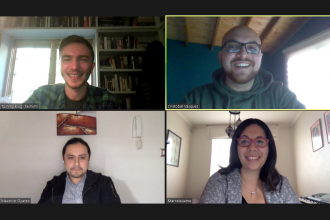
Elizabeth Robinson becomes new Director of the Grantham Research Institute
The Grantham Research Institute has appointed Professor Elizabeth Robinson as its new Director from 1 September 2021. She is currently Professor of Environmental Economics at the School of Agriculture…



